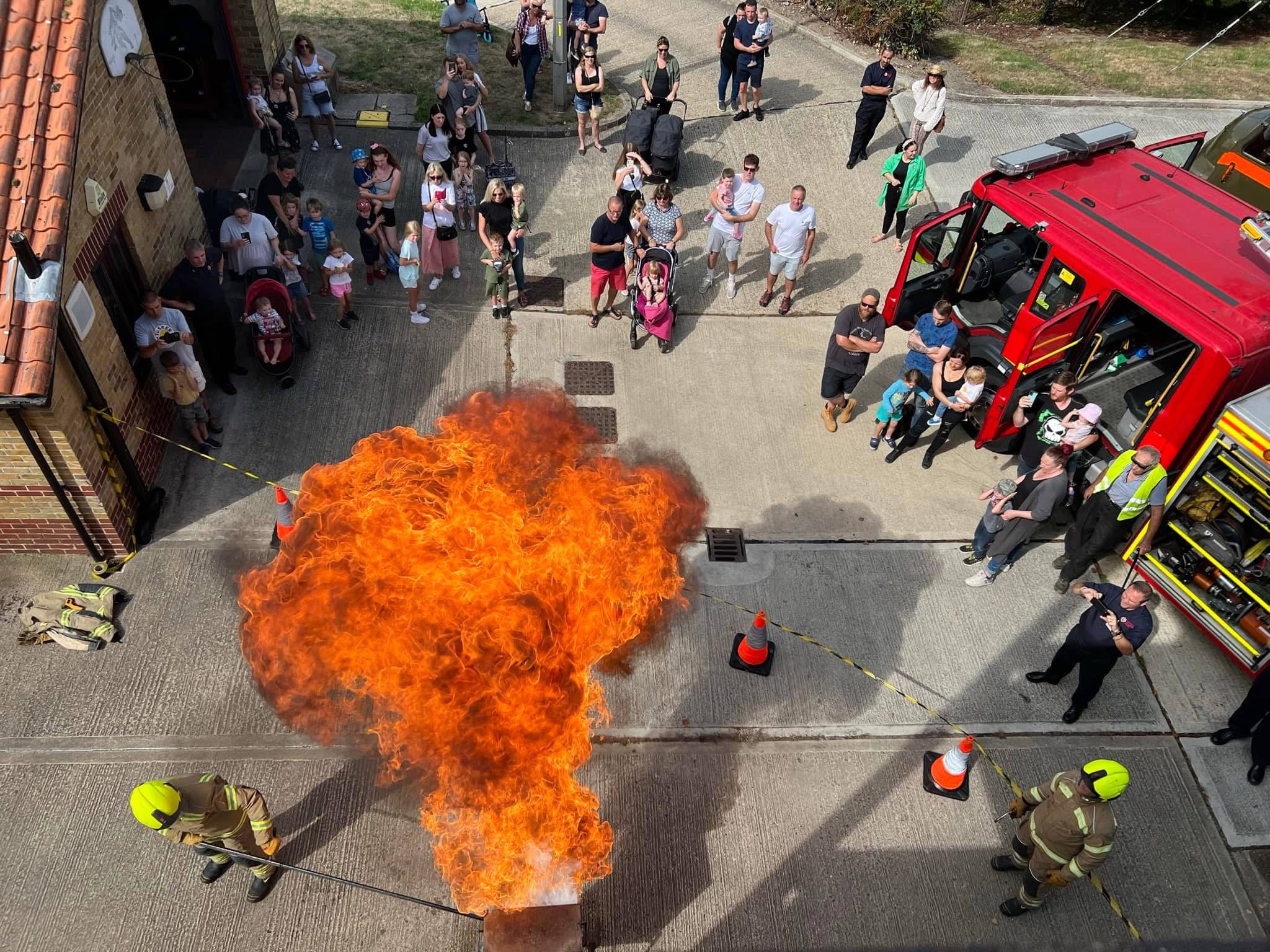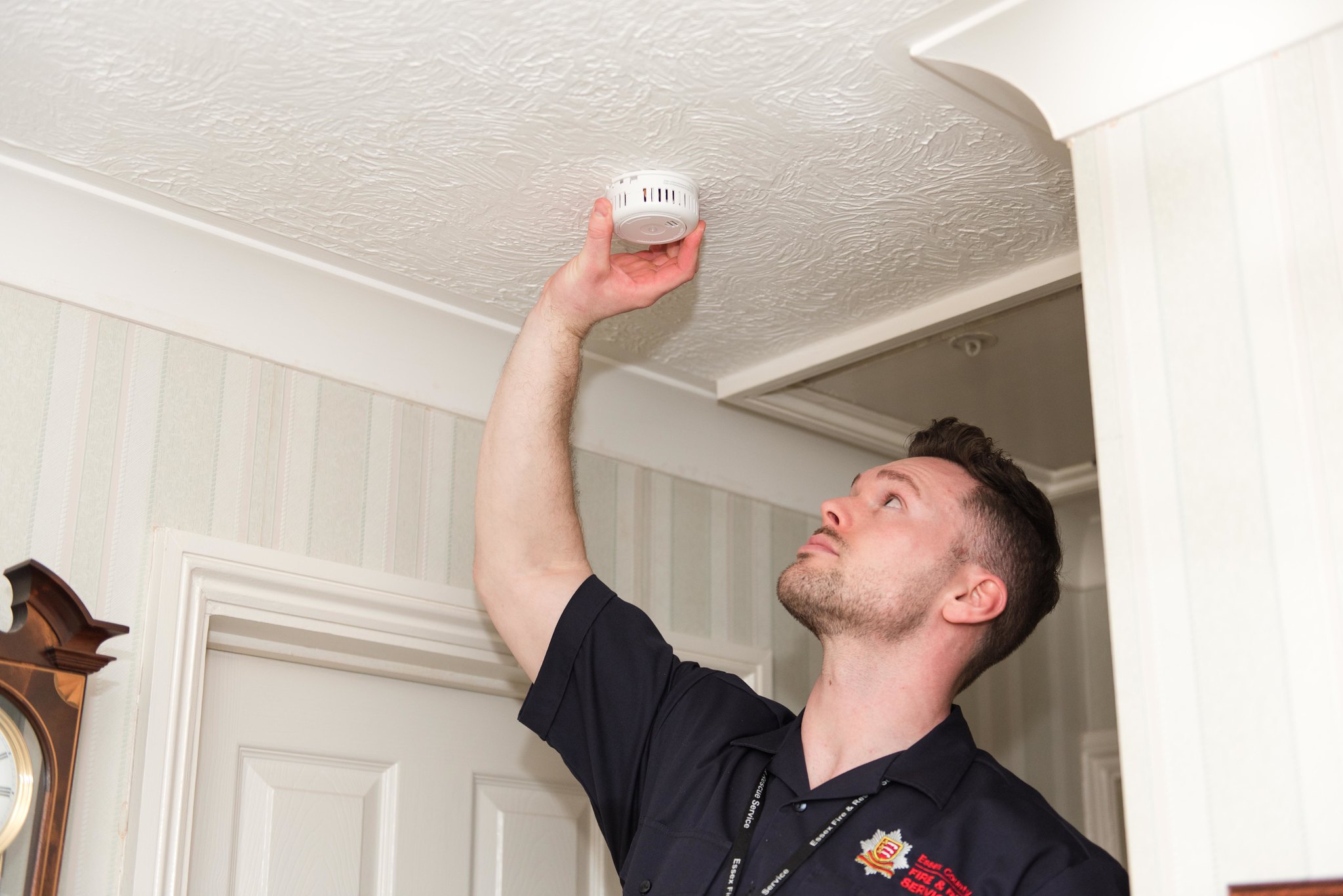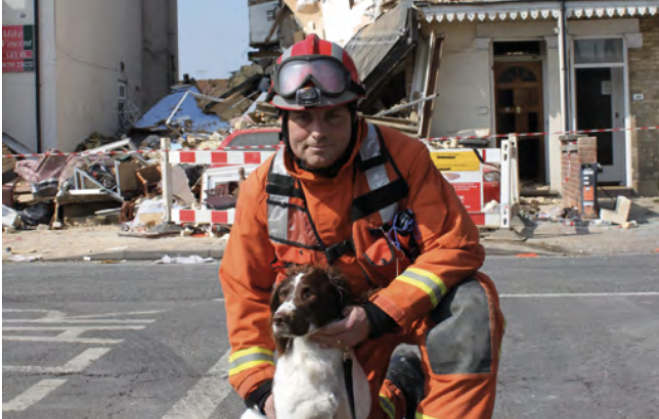What Goes Up Must Come Down
The summer of 1914 was long and hot. Although war clouds had been gathering for sometime the inhabitants of our green and pleasant land continued to luxuriate in glorious weather completely unaware of what was about to descend on them. They had no reason to be concerned about the ramifications modern warfare might have on the civilians – why should they? After all warfare, almost exclusively, was the preserve of the battlefield in some foreign land or the high seas. The last time Britain had experienced an invasion was in February 1797 when an army of Revolutionary France unsuccessfully attempted to gain a toehold on our shores at Fishguard. Little did the populous (including the civilian services) know what was in store. However, it was evident to the military and naval authorities that a conflict was unavoidable and had been preparing our small but well trained professional army and powerful fleet for some time. By autumn the British Expeditionary Force (BEF) was embroiled in a mighty conflict with the Imperial German Army. The populous was beginning to think the war might not be over by Christmas, and that we just might need a much largercitizens’ army. Even by January 1915 civilians went about their everyday lives largely unconcerned about direct war-related threats – it was our soldiers and sailors that were in the firing line and not folks at home. Further, the effect the war had on fire brigades was solely confined to brigades losing men to the colours, or fleet, when they either volunteered or were recalled to the Reserve. Wartime firefighting duties remained largely the same as they were in peacetime. Nevertheless, the country received a stark and prophetic warning when on the 24 December 1914 a German seaplane dropped bombs on Dover thankfully to little effect.
On the night of 19-20 January 1915 two dark and sinister shapes silently passed high above the Norfolk countryside and disgorged their lethal cargos on Great Yarmouth and a number of smaller East Anglian villages. This air assault by naval Zeppelins LZ 24 and LZ 27 accounted for the deaths of four citizens. They were the first casualties of the first strategic air offensive in history. The populous was effectively propelled into the frontline and complacency now had to quickly morph into action.
As the Zeppelin offensive gained pace the damage created and the casualty list increased correspondingly. Essex was in the thick of things as it was a natural track into London for the Zeppelins and many of its towns were targeted, Southend being particularly popular with Zeppelin commanders. On the night of 15 April, 1915 Maldon was targeted by the L 6 damaging property in Spital Road. There were no human casualties but a hen succumbed to this dastardly deed. On 17 August, 1915 Zeppelin L 10 targeted London and Chelmsford, killing ten and injuring 48 with a mixture of high explosive and incendiary bombs.
For every action the is an equal and opposite reaction. The reaction by British military authorities was comprehensive in scope and progressive in effect. It can be argued, with a high degree of certainty, that the counter measures adopted for Home Defence formed the basis of the first coordinated national air defence system which involved elements such as: scouts [fighters] of the Royal Flying Corps (RFC) and the Royal Naval Air Service (RNAS) and from 1 April 1918 the Royal Air Force; anti-aircraft artillery (‘Archie’ as it was then termed); barrage balloon aprons with attached cables and nets; an early warning network assisted by lightships which utilized a national telephone network based at Horse Guards Parade which ultimately linked police stations to fire stations; searchlight batteries; sound locaters; technical developments, including the introduction of 303 incendiary bullets fired from scouts; even boy scouts were used as messengers.
Although air defence was in its infancy and many mistakes were made, it was not long before success came and Zeppelins started to be shot from the skies greatly assisted by the new 303 incendiary bullets fired from attacking scouts. The efficacy of a coordinated air defence system was exemplified on the night of 23-24 September 1916 when two Super Zeppelins – L32 and L33, were shot down over Essex and by the end of the year six had been shot down.
The undoubted vulnerability of Zeppelins prompted a change of enemy tactics. In autumn 1916 there was a shift from lighter than air machines to fixed-wing aeroplanes when Germany began to reequip with massive Gotha twin-engine bombers, later to be supplemented by huge Zeppelin-Staaken R IV “Giant” bombers. They were able to deliver considerable bomb loads at long distance. Towns and cities across the English Channel suddenly became very vulnerable. Initially Gotha raids occurred during daylight hours but the improvement in defensive tactics prompted the German High Command to switch to night time operations. The first such raid occurred on the night of 3rd/4th September 1917, which once more caused a corresponding shift in British tactics. A facet of this tactical shift was the development of anti-aircraft artillery (AAA). Table 1 illustrates the rapid increase in the deployment of anti-aircraft (AA) guns of all types around London which largely mirrored the increase in enemy air activity in London and Essex. The decline in numbers of AA guns in 1917 was due to a number of guns being either redeployed the Western Front or undergoing maintenance.
| Date | AA Guns |
| 1914 | 3 |
| 1915 | 24 |
| 1916 | 148 |
| 1917 | 129 |
| 1918 | 226 |
Table 1. Deployment of AA guns around London district, 1914-18, (excl. 1-pounder Quick Firing (QF) Pom Poms).
It was this upsurge in AAA that was to challenge fire brigades in many parts of the realm. It is clear that the consequence of enemy bombs, both explosive and incendiary, would result in the increase in fires and related rescues which would push fire brigades to their limits during this period of depletion of manpower and the lack of availability of horses to draw appliances. What was not quite so obvious were the implications AAA would have on fire brigade callouts.
The threat from anti-aircraft artillery fallout to the populous, including civilian services, was considerable. The problem was based on the simple maxim that what goes up must come down. Anti- aircraft shells, both shrapnel and high explosive utilized igniferious (burning) or mechanical (clockwork) airburst fuses. After exploding at altitude, they produced fallout which inevitably returned to earth. Dud shells were not confined to the Western Front as a considerable number of anti- aircraft shells failed to detonate and returned to earth, exploding on contact with the ground causing injury and fatalities, damage to property and fractures to gas mains. The quantity of anti-aircraft artillery fallout was subject to the number of anti-aircraft artillery pieces deployed close to the capital and other town and cities and the type of barrage employed. The quality and type of shells fired also determined the degree of AAA fallout.
By 1917 the anti-aircraft curtain barrage, a facet of an integrated defensive system, had been introduced. Colonel Alfred Rawlinson, the brother of General Sir Henry Rawlinson, described the ‘curtain’ barrage as a means, ‘to interpose, at any given moment, a curtain of bursting shells across the aerial path which the attacking planes might be desirous of following in order to reach their ultimate objectives’. Up to 20,000 shells could be fired in a single curtain barrage, and a single gun could fire up to 500 rounds in a short period of time and not necessarily over open countryside!
In September 1917 the problem of fallout was exacerbated, when high explosive shells used by eighty-two 75mm French-made anti-aircraft guns were replaced with shrapnel, as it was felt that time fuses used in conjunction with French HE shells were unsafe. Rawlinson was convinced that ‘many lives were lost and much damage done by the fall of empty and unbroken shell-cases, which were even more danger to the inhabitants of London than the shrapnel bullets they had contained’. The employment of curtain barrages was highly controversial. In Winston Churchill’s opinion the anti- aircraft guns ringing the capital were useless ‘instruments of self-bombardment’. This view was amplified by a vitriolic Londoner, who thought this form of barrage was ‘a remedy worse that the disease. We have lived under showers of this odious shrapnel (purely home-made) and it is costly in life and property. A woman close to me was killed in bed thereby’.
| Date | AA Guns | AA Explosive | Deaths | Injuries | Fallout |
| 1914 | 3 | 0 | 0 | 0 | 0 |
| 1915 | 24 | 14 | 0 | 0 | 0 |
| 1916 | 148 | 3 | 0 | 0 | 0 |
| 1917 | 129 | 888 | 96 | 12 | 58 |
| 1918 | 226 | 2 | 1 | 0 | 0 |
| Total | 907 | 97 | 12 | 58 |
Table 2. London Fire Brigade (LFB) reported incidents of anti–aircraft fallout in the Metropolitan Police Area, May 1915 to May 1918.
These were worrying times for fire brigades which necessitated a change in operational strategy. The authorities devised a system of reinforcement – the First and Second Moves - whereby neighbouring fire brigades were brought into assist the LFB when necessary. Works brigades also assisted with firefighting, as did the London Salvage corps albeit in a more limited capacity. LFB firemen who had joined the armed forces were recalled. Military personal including the Royal Engineers and Volunteers were also brought in to help fight fires and to assist with clearance of debris and demolition work. Women were employed to take the place of male administrators and workshop staff, and the ubiquitous firemen’s brass helmets were often swapped for shrapnel-proof helmets as worn by troops (ref Figure 3). It was felt they offered better protection from fallout. Sadly we can only guess what colour they were painted as no colour photographs of them have been found, nor their colour documented.
It quickly became apparent that as aerial bombardment developed so too must effective anti-aircraft countermeasures including the widespread use of AAA. The implications of AA fallout to citizens, including firemen was considerable. The showers of shell fragments and unexploded shells that inevitably descended back to earth caused significant damage, death and injury. This problem was previously unknown and unrecognised and it was the fire brigade that were at the sharp end of having to deal with the results of AA fallout. As a facet of an integrated Home Defence system fire brigades, always overstretched, equipped themselves with determination, courage, expertise and adaptability for which firefighters have always been renowned. The strategies developed by fire brigades during the Great War, including those to cope with the effects of aerial bombardment, undoubtedly provided a legacy which served the nation well in the next conflict and continues to do so to the present day.
by Mick Ford


